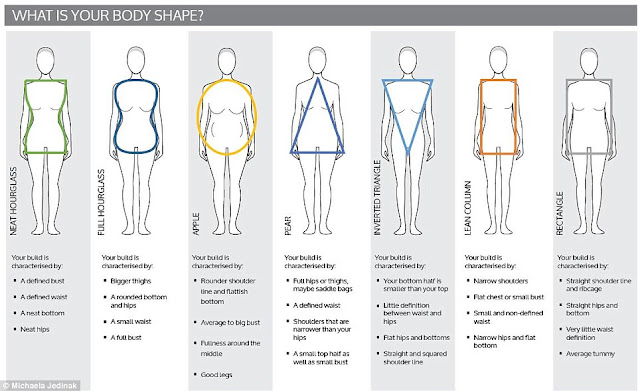What Is The Normal Amount Of Period Pain & When Should You Be Worried?
Yes, we’ve all complained about menstrual cramps and stomach problems during our periods. Even worse, there are those unlucky women who experience such severe cramping and pain that they’re forced to confine themselves to the bed with a hot water bottle as their only companion.
While discomfort during periods is not uncommon, are periods really supposed to be this painful? Well, despite experiencing them every single month, most women are completely unaware of what level of pain can actually be considered normal. But don’t stress, because we’re here with all the answers you’re looking for.
Read on to find out what level of pain is ‘normal’ when it comes to menstrual cramps and aches.
The ‘Why’ Behind Period Pain:
“Period pain occurs due to uterine contractions & compression of blood vessels in the uterine walls”
Simply put, periods occur due to the shedding of the endometrium – the lining of the uterus. To expel blood and tissue, the uterine muscles contract. Period pain is the result of contractions in the uterus. These contractions are triggered by hormone-like compounds called prostaglandins. Higher levels of prostaglandins have been linked to more severe period cramps.
Furthermore, these contractions compress the blood vessels in the uterine walls. This cuts off blood supply to some level, adding to the discomfort. Period pain, medically termed ‘dysmenorrhea’ is either due to a specific medical condition such as endometriosis or due to reasons unknown. To figure out if your period pain is normal, watch out for some warning signs that spell trouble.
When Your Period Pain Isn’t Normal:
“A disruption in routine functioning and worrisome symptoms like pelvic pain, irregular cycles, nausea and painful sex are signs that spell trouble”
First of all, if your period pain is SO terrible that you absolutely need to take the day off, it’s probably cause for concern. Although not uncommon, with up to 20 percent of women experiencing periods that interfere with their daily routine, it’s not completely normal.
For most women who do experience painful periods, OTC medications suffice in getting them through the day. If they don’t seem to be working for you, it could very well be a sign that the pain isn’t normal.
While it’s normal for your periods to last up to 5 to 7 days, if you experience cramps throughout this time, that’s probably not normal. Normal menstrual cramps usually last 2 to 3 days, but don’t extend beyond that (and definitely don’t continue after the bleeding stops).
Painful periods that are accompanied by other worrisome symptoms also indicate a problem. These include extreme pelvic pain, heavy bleeding, irregular cycles, pain during sex, extreme nausea and diarrhea.
Our Take:
As uncomfortable and annoying as periods can be, they’re not supposed to be so painful that you’re immobilized. Take notice of the warning signs and get medical help if needed, so you have one less reason to dread your periods. Even if you can endure the pain and discomfort, ignoring this early warning sign could be a bad idea, as it may lead to the development of other complications.




Comments
Post a Comment